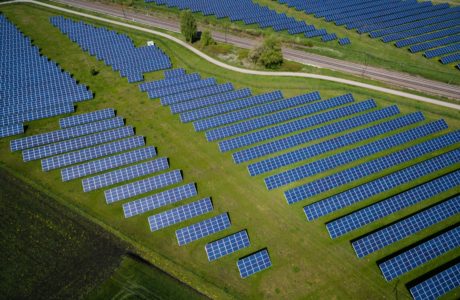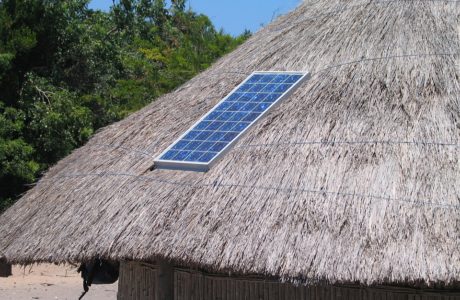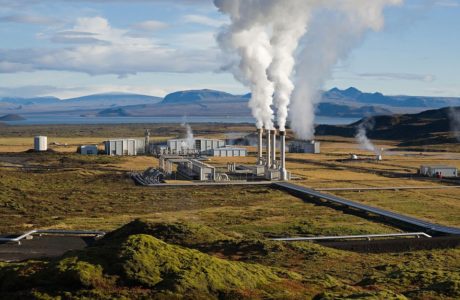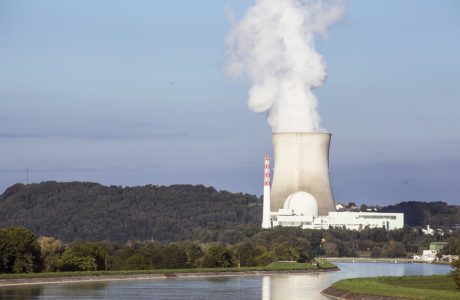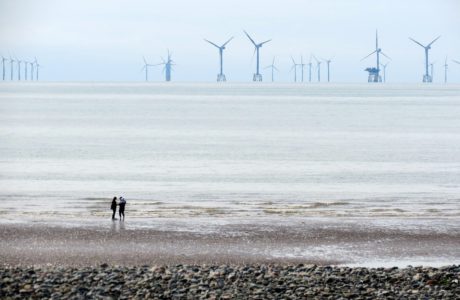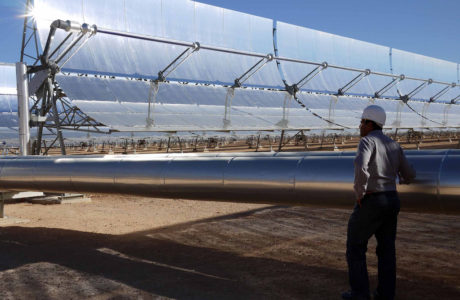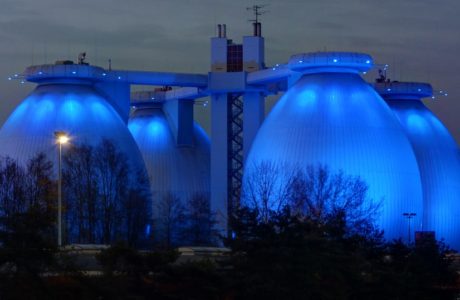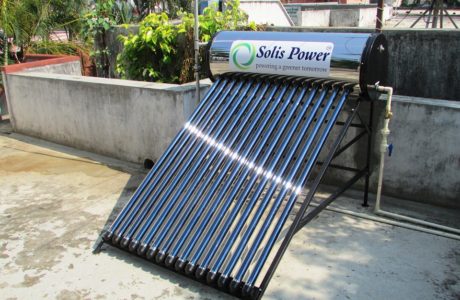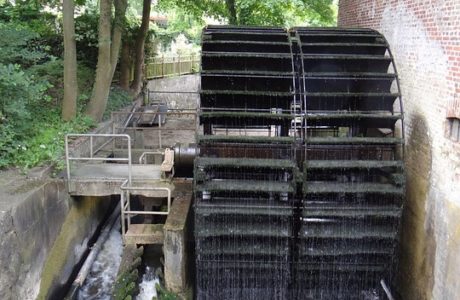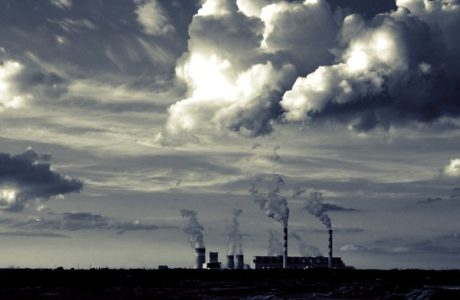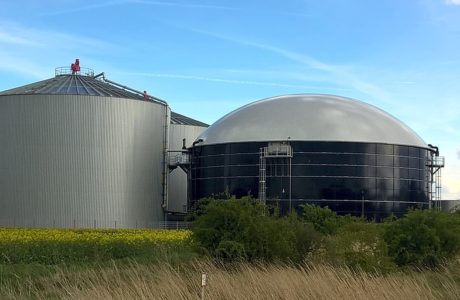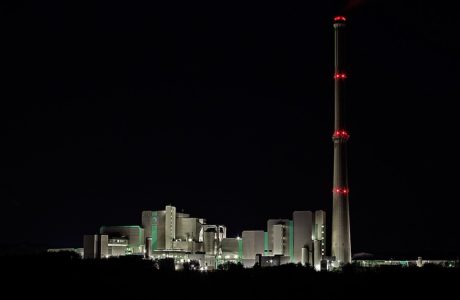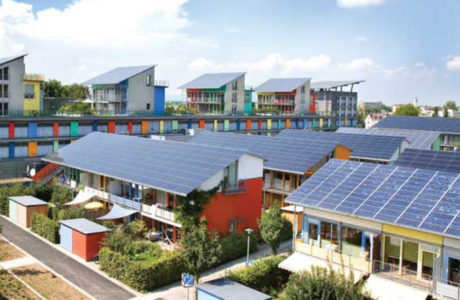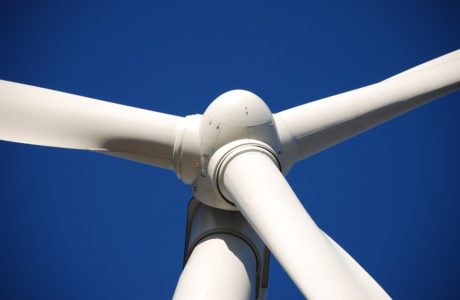
#2 Wind Turbines (Onshore)
Electricity Generation
Proliferation of turbines, dropping costs, and heightened performance mean onshore wind farms are at the forefront of initiatives to address global warming.
Read more
Wind Turbines (Onshore)
Electricity Generation
Rank and results by 2050 #2
| Reduced CO2: | 85 gigatons |
|---|---|
| Net cost (Billions US$): | $1,225.37 |
| Net operational savings: | $7,425.00 billion |
TOTAL CO2-EQ REDUCTION (GT)
Total CO2-equivalent reduction in atmospheric greenhouse gases by 2050 (gigatons)
NET COST (billions US $)
Net cost to implement
SAVINGS (billions US $)
Net savings by 2050
Impact:
An increase in onshore wind from 3 to 4 percent of world electricity use to 21.6 percent by 2050 could reduce emissions by 84.6 gigatons of carbon dioxide. At a cost of $1.23 trillion, wind turbines can deliver net savings of $7.4 trillion over three decades of operation. These are conservative estimates, however. Costs are falling annually and new technological improvements are already being installed, increasing capacity to generate more electricity at the same or lower cost.
